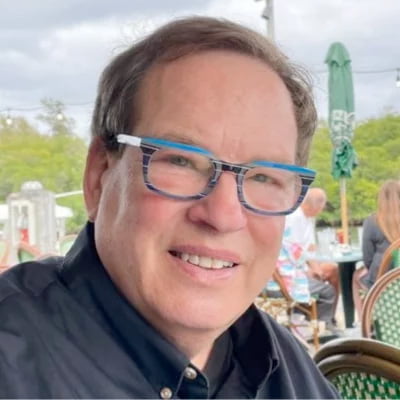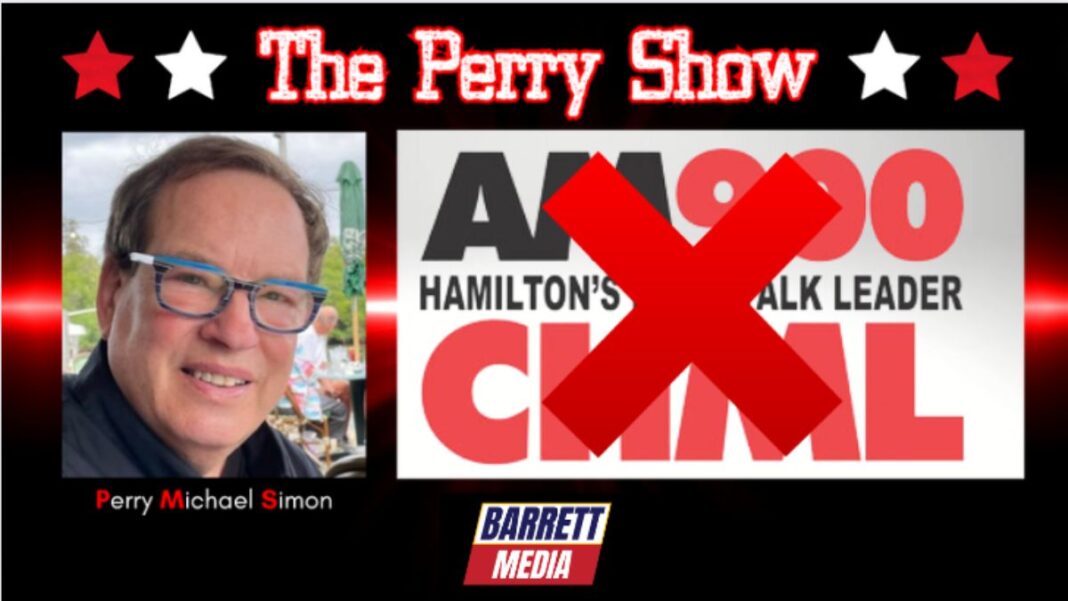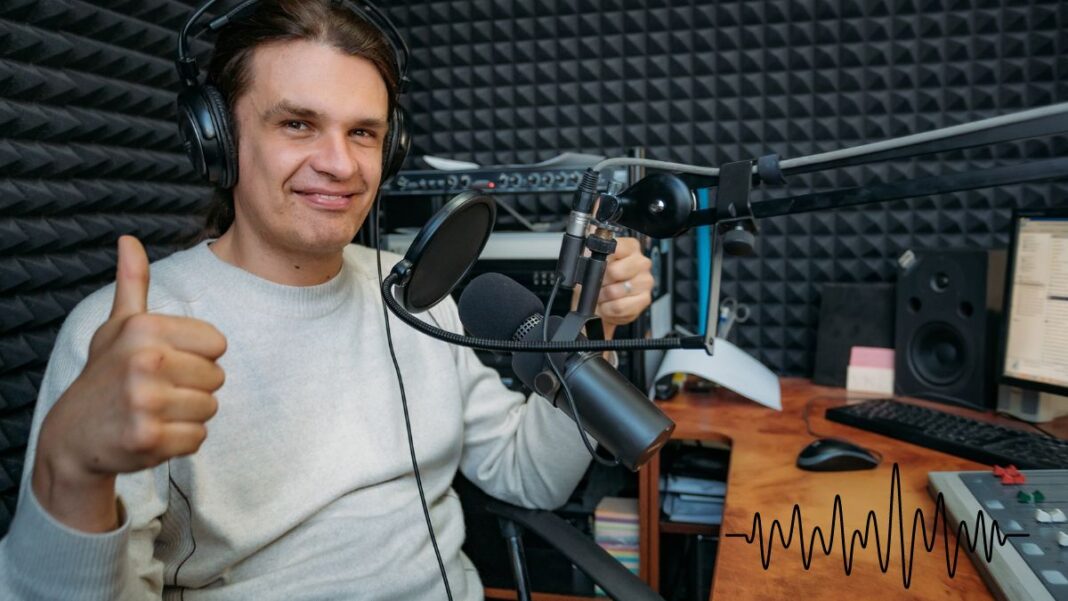After 97 years on the air on AM radio, CHML in Hamilton, Ontario unceremoniously shut down last Wednesday, and by “unceremoniously” I mean that one minute the station was broadcasting as usual and then, at noon, after two hours during which the national Alex Pierson show aired without human intervention, owner Corus just announced that the station was shutting down. The whole statement took 25 seconds, then dead air. The end. That’s all, folks.
It’s a shame, of course, and it’s terrible for those who will lose their jobs and for listeners who depended on the station for local news and information. CHML was the heritage local broadcast news operation, and the city is poorer for its demise. Radio is, however, a business, and it needs an audience in sufficient numbers concentrated in demographics attractive to advertisers. As with most of the sudden station format changes and shutdowns, the cold business calculation was that the station would never get back to profitability and was worth more coming off the books and maybe selling the real estate under its towers than as a going concern. Corus was looking to make severe cuts in its operation and had already shut down AMs in Vancouver and Edmonton. AM radio is not a core part of Corus’ future plans, it’s apparent, and if I was on staff at another Corus AM, I’d be making contingency plans right now.
That, as you surely know, is AM radio in 2024: less a growth vehicle than a burden. In major markets, the number of heritage, successful AMs is shrinking. The programming can’t overcome the technical issues, nor the general move of audience away from broadcast radio. (Corus also blamed “the increased and unregulated presence of foreign owned media platforms,” which means Spotify.) The demographics for AM just keep getting older, and you can’t convince anyone under 55 to listen to most AM stations. Even the small-market mom and pop full-service AMs aren’t immune, with some just handing in their licenses. FM translator simulcasts won’t save all of them. Most aren’t going to find anyone to lease their airtime like WCBS New York is doing (and that’s another issue for another column, isn’t it?). There’s always brokered religious and foreign language programming, but there are other (and better) ways to deliver that stuff without paying for the time.
It’s not only AM radio. Broadcast TV, despite a small increase in over-the-air viewing by cord-cutters, is hurting, too. Newspapers… you know what happened there. And the Internet is not immune, either. Let me note that it was one year ago on August 15th that the largest radio trade site, AllAccess.com, shut down, which made a lot of industry people sad and left me unemployed. A year later, this website you’re reading right now has at least partially filled that gap, and the other trade sites have continued to do what they do, but for everyone who says they miss All Access, life went on. You can miss something and get along without it. You’ll get over it.
I used to think that the key was to establish your brand as more than just a radio station. That way, you could deliver what you do on any platform – streaming, podcasts, social media, YouTube – and remain viable. Maybe that’s still true but monetizing that is still hard and nowhere near what traditional media used to generate. If CHML went to a streaming-only model, could it have made the kind of revenue that would support local talk programming and a full newsroom? Probably not. Could Corus have tried to create paid subscription content? We’ll never know if that would have worked.
Mistakes were made. In each medium, you can go back and see how management missed the boat and why. Nobody wanted to upset their apple carts and endanger their revenue streams by making hard decisions and the right investments in new media and in personnel. They had to meet their revenue and profit goals to satisfy their investors, and they couldn’t justify putting something speculative in their budgets. Besides, that would be something their successors would deal with, because everyone thought broadcast radio wouldn’t encounter internet-delivered competition until much later than it did, and they didn’t anticipate that consumers would value on-demand programming more than “it’s free.”
That’s water under the bridge, and now comes the assessment of damage and the clean-up. The damage is that an increasing number of stations are either gone or a shadow of what they used to be. (And it’s not just AM. FM is next.) The damage is that the public has less local service. The damage is that a lot of people who are very good at their jobs are being let go and most of them will end up in other industries or just “on the beach.” And when that happens, there’ll be a few news stories about it and some wailing on radio message boards for a few weeks, and we’ll all move on. I don’t know what we can do about that, and how we’ll be combating misinformation on social media when there aren’t as many reputable and financially viable news sources, but we kinda have to figure that out soon. What I do know is that if radio is left with nothing but linear FM stations playing the same music you can get on Spotify and Apple Music, the trouble is just going to get deeper.

Perry Michael Simon is a weekly news media columnist for Barrett Media. He previously served as VP and Editor/News-Talk-Sports/Podcast for AllAccess.com. Prior to joining the industry trade publication, Perry spent years in radio working as a Program Director and Operations Manager for KLSX and KLYY in Los Angeles and New Jersey 101.5 in Trenton. He can be found on X (formerly Twitter) @PMSimon.







